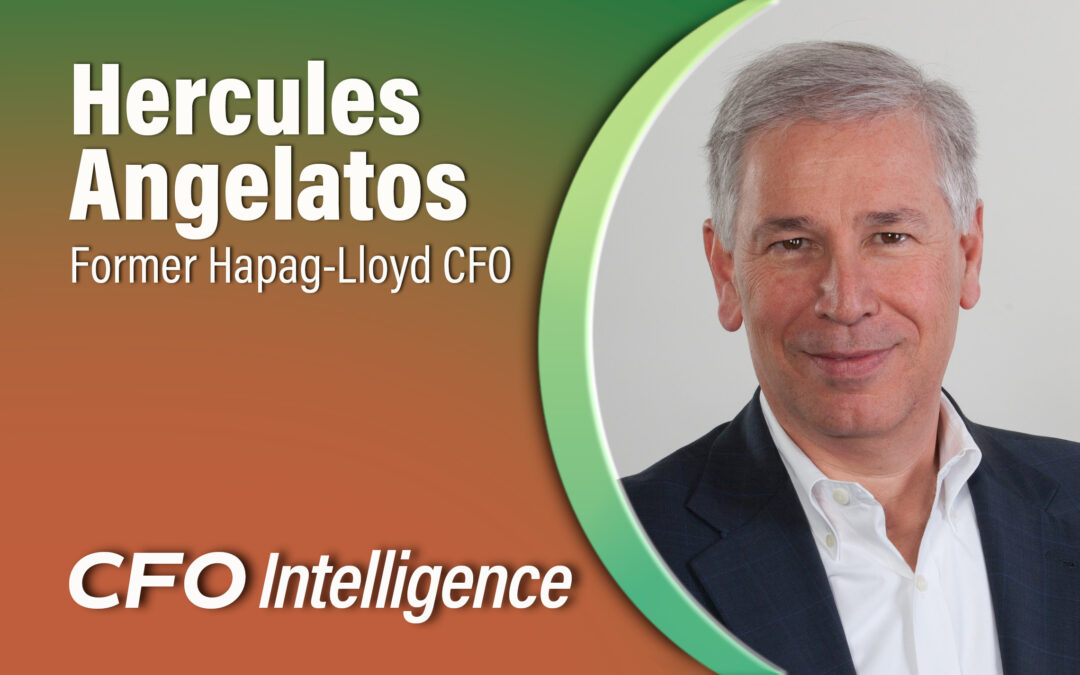CFO Intelligence Magazine – Winter 2023
Hercules Angelatos
Former Hapag-LIoyd CFO
AN ENTREPRENEUR’S APPROACH
Angelatos, who recently relaunched his career as a consultant, has always embraced his entrepreneurial streak. In 1993, he co-founded Halo Maritime — developing and managing the finance, operations, customer service, human resources, legal, and management information systems capabilities of the company — which was the exclusive representative of Hapag-Lloyd’s business in Canada. By 1996, Hapag-Lloyd asked him to fold Halo’s operations into the global company and take over as Director of Finance & Administration; a position that became the cornerstone of his rise to CFO in 2006, just in time to oversee the merger and integration of the Canadian shipping company, CP Ships, which Hapag-Lloyd and parent company TUI AG had purchased.
Angelatos, who recently relaunched his career as a consultant, has always embraced his entrepreneurial streak. In 1993, he co-founded Halo Maritime — developing and managing the finance, operations, customer service, human resources, legal, and management information systems capabilities of the company — which was the exclusive representative of Hapag-Lloyd’s business in Canada. By 1996, Hapag-Lloyd asked him to fold Halo’s operations into the global company and take over as Director of Finance & Administration; a position that became the cornerstone of his rise to CFO in 2006, just in time to oversee the merger and integration of the Canadian shipping company, CP Ships, which Hapag-Lloyd and parent company TUI AG had purchased.
“As CFO, I worked with a team of 75, with seven direct reports, supporting a variety of Hapag-Lloyd businesses,” he explains. “But at the same time, I wanted to modify the responsibilities to include front-line support, too. The goal was to be invested in helping to shape the direction of the company.”
Perhaps it was that entrepreneurial spirit reasserting itself. Within a year of taking over the CFO spot, the Hamburg board of directors asked him to develop a program to standardize the way that Hapag-Lloyd’s global regions reported their volume forecasting. “The idea was to eliminate discrepancies by providing clear and transparent forecasting despite multiple regional differences,” he says, noting it involved a tightrope walk among constituencies. “The effort was a highly political endeavor, but we ultimately convinced all regions to adopt a single forward-looking forecast. The model was accepted by the board, and it continues to be used today.”

